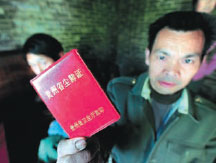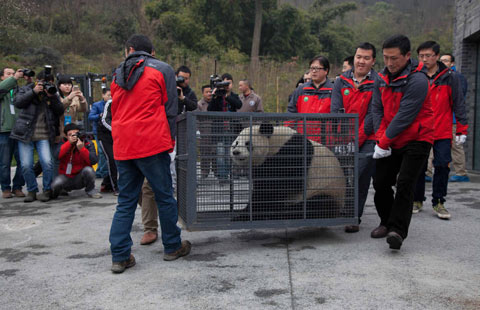Black lung disease will take your breath away
Updated: 2014-02-26 08:47
By Liu Zhihua (China Daily USA)
|
|||||||||
Breathing comes so naturally that most of us take it for granted. But for those suffering from pneumoconiosis, or black lung disease, each breath is hard and painful.
The disease, a common occupational hazard among miners, happens when dust builds up and remains in the alveoli of the lung, causing constant inflammation that turns the normally elastic lung wall into fibrous scar tissues, and loses its function.
As the disease advances, patients suffer from coughing, wheezing, fatigue, and eventually, difficulties at every breath.
"In many developed countries, pneumoconiosis hasn't been a threat to workers in mines and factories since the 1970s. But China still faces the threat," says Wang Keqin, founder of Love Save Pneumoconiosis, a non-government organization to provide medical help for patients.
"Pneumoconiosis is one of the most common occupational diseases in China, and because of lack of treatment, patients have a high death rate of up to 22 percent," Wang says.
About 700,000 cases of pneumoconiosis had been reported by the end of 2011, and in 2012, 88 percent of new occupational cases were related to pneumoconiosis, according to the National Health and Family Planning Commission.
But the actual number of pneumoconiosis patients could be about 6 million, because migrant workers in small and private mines and factories are not under the health authority's occupational disease supervision, Wang reveals at a seminar in Beijing on Feb 22 attended by NGOs, labor experts and layers, government officials and occupational disease specialists.
Although State-owned mines and factories often provide medical checkups and treatment for their workers, migrant workers in small and private mines and factories that make up to 90 percent of pneumoconiosis patients do not have such luxuries, Wang adds.
Once migrant workers contract the chronic disease, paying for the costly and ongoing treatment becomes a big issue.
Current laws stipulate that employers must provide work injury insurance for employees and ensure the country's work injury insurance fund covers treatment fees and compensation to those with occupational diseases. But to qualify for claims, employers must pay for the insurance, which often is impossible in small and private mines and factories.
In most cases, the medical insurance for farmers covers little for pneumoconiosis treatment, and it is very hard to get compensation and treatment from the employers, because by the time the patients are diagnosed with the disease, the small and private mines and factories would most likely have gone bankrupt or disappeared, according to Yuan Yue, a government civil affairs official with Renhuai city, Guizhou province.
Renhuai provides migrant worker patients regular medical and living subsidies. But it is not easy for every place to do that. Even if local governments want to offer free medical treatment and living subsidies, the patients usually live in underdeveloped areas, and the tight financial budget there makes the help from government very difficult, Yuan says.
Zhao Defa, director with Renhuai's Disease Control and Prevention Center, says the best way to reduce the harm of pneumoconiosis is prevention.
"Pneumoconiosis is preventable as long as there are enough effective precautions, such as regular medical checkups, masks and dust control," Zhao says.
"Government departments should work closely so that the employers provide enough protection to workers."
liuzhihua@chinadaily.com.cn
|
Du Chunde from Guizhou province receives a government-issued booklet identifying him as a pneumoconiosis patient which entitles him to medical and living subsidies. Provided to China Daily |
(China Daily USA 02/26/2014 page10)

 US expels Venezuelan diplomats
US expels Venezuelan diplomats
 Pentagon chief plans to reduce US army size
Pentagon chief plans to reduce US army size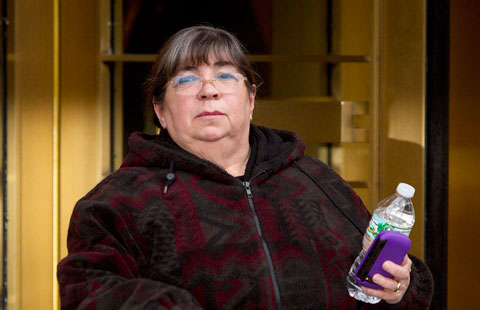
 2nd Madoff aide testifies, denies knowledge of fraud
2nd Madoff aide testifies, denies knowledge of fraud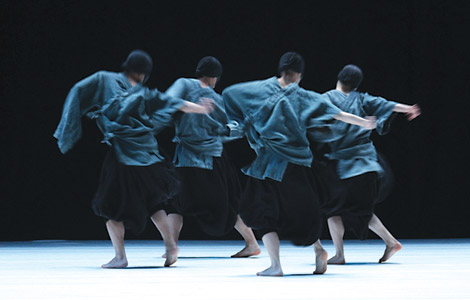
 TAO Dance troupe premieres '5' at NYU
TAO Dance troupe premieres '5' at NYU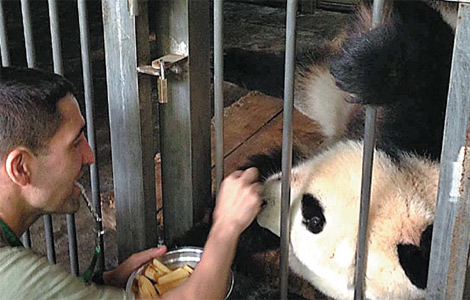
 Playing with pandas
Playing with pandas
 Explosion, gunfire ring out near Bangkok protest site
Explosion, gunfire ring out near Bangkok protest site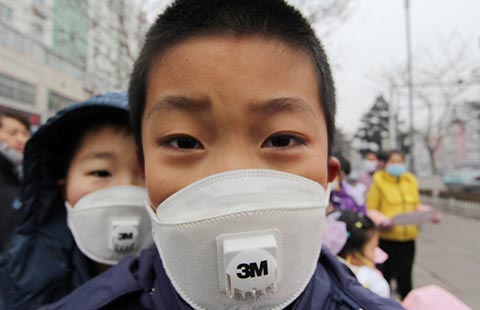
 Top 10 cities with worst smog in China
Top 10 cities with worst smog in China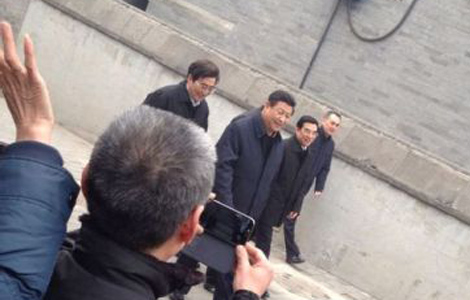
 President Xi spotted at popular hutong in Beijing
President Xi spotted at popular hutong in Beijing
Most Viewed
Editor's Picks

|
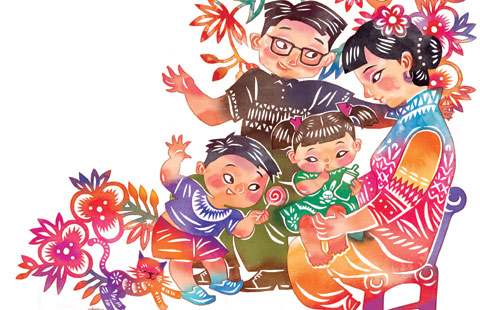
|
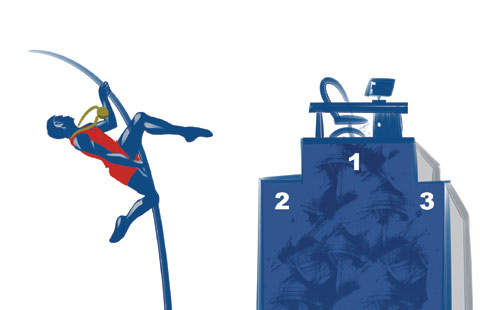
|

|

|

|
Today's Top News
Asiana Airlines fined $500K over SF crash
'Comfort station' to be preserved
US planning full Afghan pullout
Four million have signed up for Obamacare
US expels Venezuelan diplomats
US firms in China look to services
Shanghai looks set for mini baby boom
Six officials caught in sex scandal sacked
US Weekly

|

|
